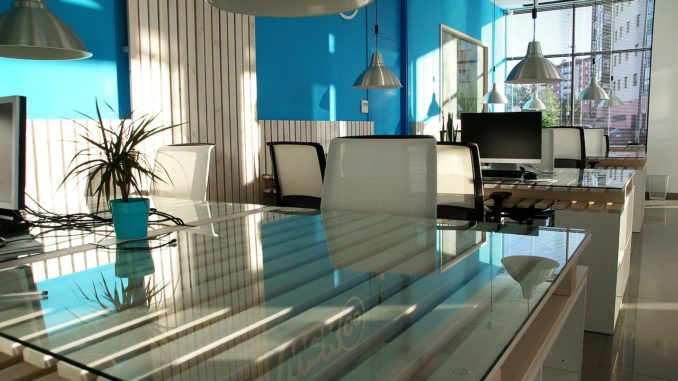
Lambert Smith Hampton (LSH) has released its latest total office cost survey (TOCS) which provides detailed information on office costs for over 50 UK locations.
Across 54 surveyed locations, the survey shows the prime core of London’s West End remains by far the most expensive UK office location, with the annual cost for a new office in Mayfair standing at £18,988 per workstation. This stands at 139% above the UK average and 45% ahead of the next most expensive office location, the City of London.
That said, for a third successive year, the survey reveals the gap between the UK’s principal regional cities and London has narrowed from an all-time high in 2016. This reflects the continuation of rental growth in major regional cities, alongside relatively stable rents in the capital.
The average cost of a typical workstation across the ‘big six’ cities – comprising Birmingham, Leeds, Bristol, Manchester, Edinburgh and Glasgow – stands 38% below London’s Midtown district, narrowing from a peak of 44% in 2016’s survey. Nonetheless, the cost appeal of the regional cities over central London remains strong; prior to the global financial crisis in 2008, the discount was only 25%.
This year’s survey also reveals that Cambridge has overtaken Maidenhead as the UK’s most expensive location outside London. The renowned university city has seen several successive years of strong rental growth, with annual costs amounting to £9,350 per workstation.
Costs rise ahead of inflation
Digging further into the research, the average cost of occupying a new build office in the UK increased by 3.4% over the 12 months to April 2019, accelerating from 2.6% growth in the previous year and running at double the rate of CPI inflation, at 1.8% over the period.
Notably, rental growth played a more significant role in driving the average cost increase for 20-year old buildings. Net effective rents increased by 3.3% on average over the year, compared with an average increase of 1.9% for new buildings.
Exeter sees the sharpest increase
With regards to new buildings, the average rate of cost increase over the 12 months to April 2019 concealed a wide range of movements between locations. Around four locations saw growth in excess of 10% over the past year. Exeter saw the sharpest increase, with occupier costs rising by 10.6%, closely followed by Liverpool (10.5%), Milton Keynes (10.3%) and Warrington (10.3%).
In Exeter, an absence of existing new build stock meant its rental increase was based on market sentiment, while the sharp rises observed in Milton Keynes and Liverpool were evidenced by transactional activity in their respective markets.
Meanwhile, Bristol saw the strongest growth in occupier costs for a 20-year old building, rising by 12.8% over the year to April. Supply of grade A space is extremely scarce in the city, which in turn is putting significant pressure on rental levels of older, secondary buildings.
Oliver du Sautoy, head of research at LSH said: “UK office costs are now rising faster than inflation, reflecting tight supply of quality space all around the UK and an increasing recognition amongst occupiers that quality office space is key to staff productivity and retention.
“However, taking a longer-term view, the movement in average occupier costs has not kept pace with inflation over the past decade, meaning average costs remain lower in real terms than before the008 financial crisis. Only ten locations have seen occupier costs rise above inflation over the past decade, all of which are found within London and surrounding regions.”
Don’t forget to follow Dealer Support on Twitter!

Be the first to comment